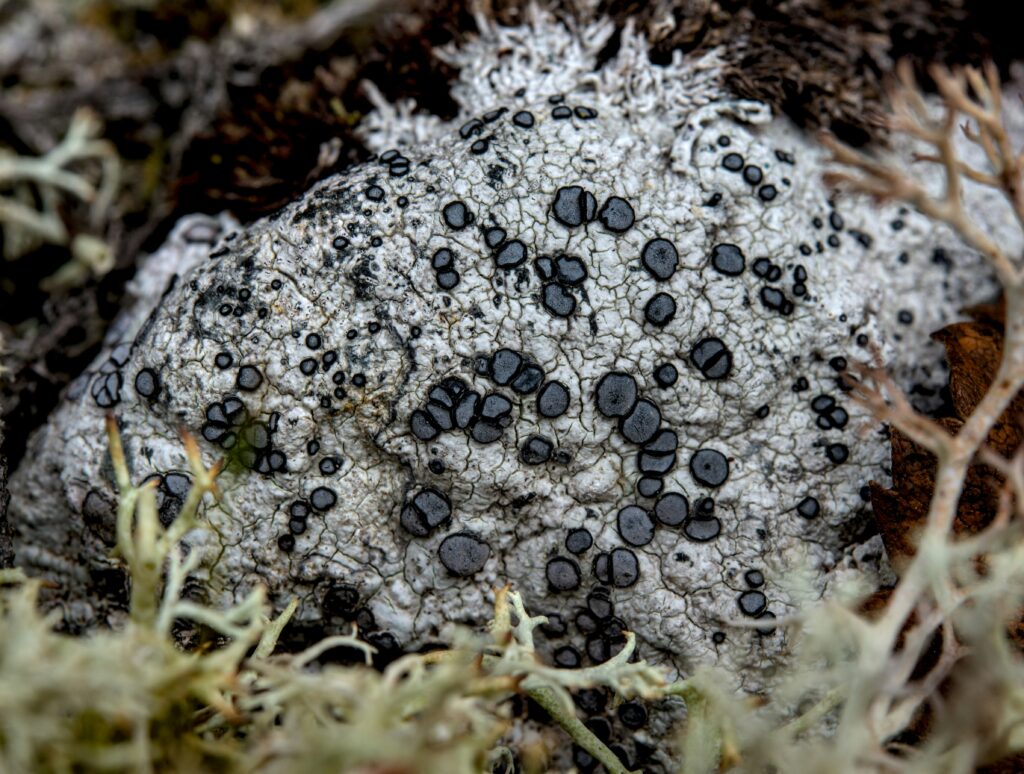In the intricate world of insect reproduction, egg-laying strategies showcase remarkable diversity and adaptation. From the glistening surface of pond water to the depths of muddy swamps and even within the bodies of other creatures, insects have evolved fascinating methods to ensure their offspring’s survival. These varied reproductive techniques represent millions of years of evolutionary refinement, allowing insects to colonize virtually every habitat on Earth. The placement of eggs in specific environments provides critical protection, resources, and advantages for developing larvae. In this exploration of insect oviposition—the technical term for egg-laying—we’ll discover how these tiny creatures have mastered the art of reproduction in some of the most unexpected places, highlighting the incredible ingenuity of nature’s smallest architects.
Water-Dwelling Mosquitoes: Masters of Aquatic Egg Rafts
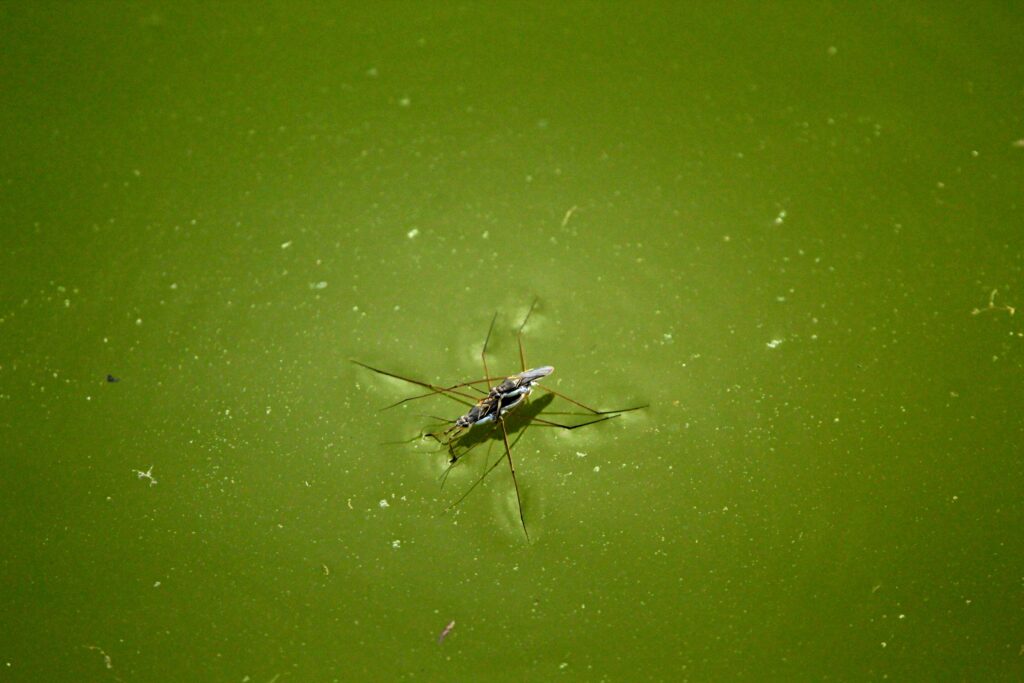
Mosquitoes represent perhaps the most well-known insects that utilize water as a nursery for their young. Female mosquitoes of many species, particularly those in the Culex genus, lay their eggs in remarkable floating clusters called “egg rafts” that can contain 100-300 eggs arranged in a precise pattern. These rafts rest on the water’s surface tension, keeping the eggs in the optimal position for hatching while preventing them from sinking. The female mosquito carefully selects stagnant water bodies—from rain-filled tire treads to ornamental ponds—that offer minimal predation and maximum nutrients for the emerging larvae. Within 24-48 hours after laying, the eggs hatch into wriggling larvae (commonly called “wrigglers”) that breathe through specialized tubes while feeding on microorganisms in the water.
Dragonflies and Damselflies: Underwater Egg Placement Specialists
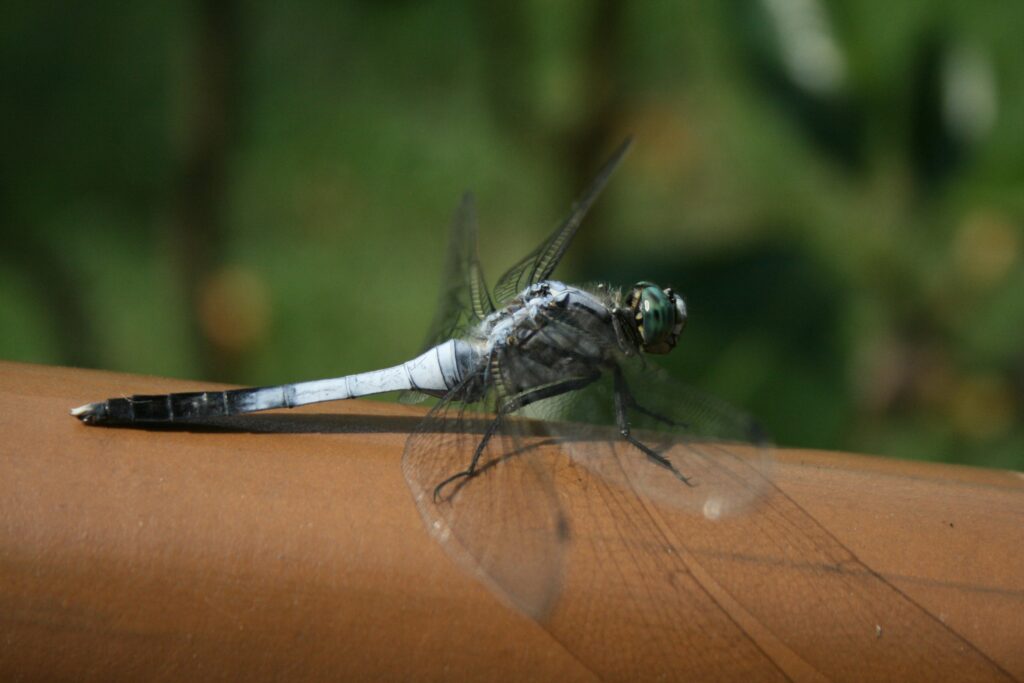
Dragonflies and damselflies exhibit some of the most diverse and sophisticated underwater oviposition strategies in the insect world. Some species perform incredible aerial acrobatics, dipping their abdomens into water while in flight to deposit eggs precisely on submerged vegetation. Others, like certain damselfly species, take more dramatic approaches by fully submerging themselves, climbing down plant stems to lay eggs deep underwater while using a thin layer of air trapped against their bodies to breathe. This remarkable behavior can keep the female underwater for up to 30 minutes, risking predation but ensuring her eggs are placed in optimal locations. The eggs themselves often contain specialized adaptations that allow them to survive underwater, including microscopic respiratory structures that extract oxygen directly from the water.
Water Beetles: Engineering Underwater Egg Chambers
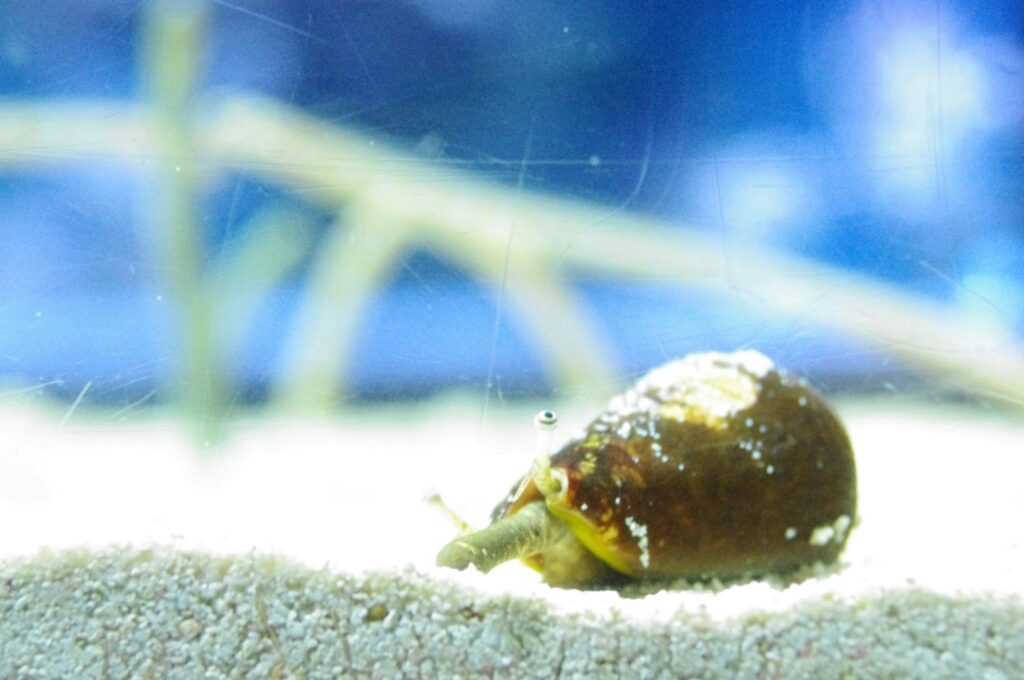
Water beetles from families like Dytiscidae (diving beetles) and Hydrophilidae (water scavenger beetles) have developed elaborate methods to protect their eggs in aquatic environments. The great silver water beetle (Hydrophilus piceus) constructs a remarkable silk cocoon that serves as a floating nursery for its eggs. The female spins this intricate structure using specialized glands in her abdomen, creating a protective chamber that floats like a miniature boat with a small “mast” extending above the water surface to ensure oxygen reaches the developing eggs. Other water beetle species attach their eggs to underwater plants or carry them on their own bodies, with some males even taking on the unusual role of egg-bearer. These varied strategies reflect the intense predation pressure in aquatic environments, where unprotected eggs would quickly fall prey to fish, amphibians, and other insects.
Mayflies: Synchronized Aquatic Egg-Laying Spectacles
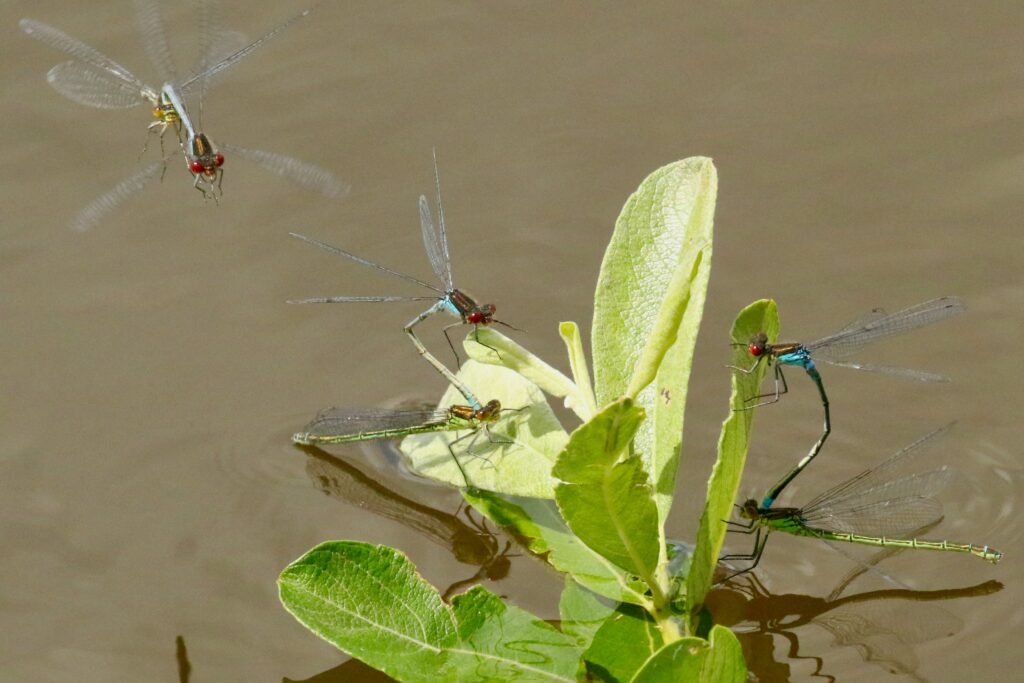
Mayflies epitomize the dramatic connection between aquatic environments and insect reproduction through their spectacular synchronized egg-laying events. After emerging from water as adults and completing their brief aerial mating phase, female mayflies return to water bodies to deposit their eggs in massive coordinated efforts. Some species hover above the water’s surface, releasing eggs that sink to the bottom, while others actually land on the water, releasing their eggs before being swept away by the current. The most dedicated species dive beneath the surface, attaching egg masses directly to submerged rocks or vegetation before sacrificing themselves in the process. A single female mayfly can produce between 500 to 3,000 eggs, with the entire egg-laying process remarkably choreographed to occur within minutes to hours across an entire population—a strategy that overwhelms potential predators through sheer numbers.
Mud-Nesting Wasps: Architects of Protective Chambers
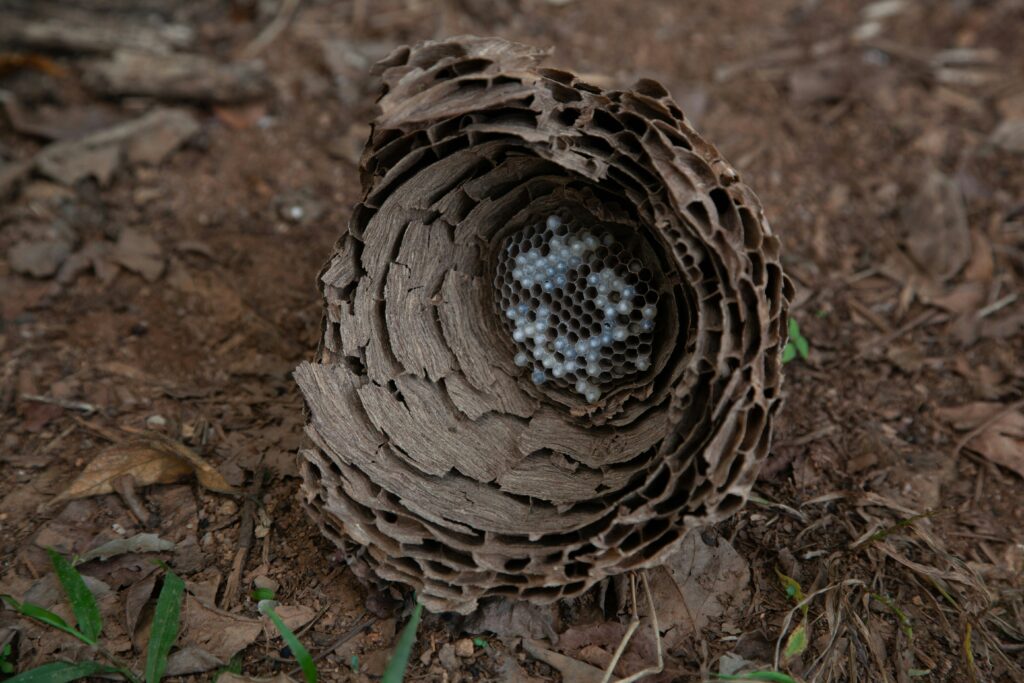
Mud dauber wasps represent nature’s master pottery artists, constructing elaborate mud nests to house their developing offspring. Female mud daubers collect moist soil in their mandibles, mixing it with saliva to create a malleable building material that hardens into protective chambers. These intricate mud structures—often resembling organ pipes, small pots, or lumpy masses—are typically attached to sheltered locations like porch ceilings, wall crevices, or under eaves. Before sealing each chamber, the female provisions it with paralyzed spiders or other arthropods, which remain alive but immobilized, providing fresh food for the hatching larvae. The wasp then deposits a single egg on this living larder before sealing the chamber and beginning construction on the next cell, creating a remarkable mud apartment complex that shields her offspring from predators, parasites, and environmental extremes.
Caddisflies: Underwater Architects Using Silk and Debris
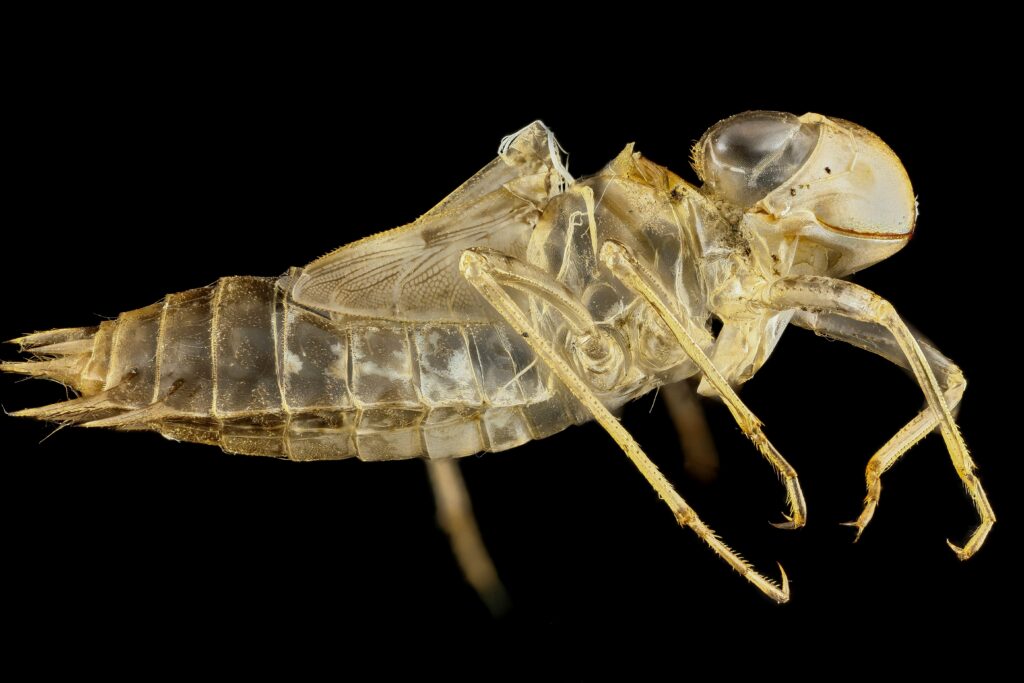
Caddisflies demonstrate remarkable engineering capabilities when creating protective environments for their eggs in aquatic habitats. Females of many species produce gelatinous egg masses that they attach to submerged objects like rocks, logs, or vegetation, with each mass potentially containing hundreds of eggs embedded in a protective matrix. Some caddisfly species take egg protection further by covering these masses with materials gathered from the environment—tiny pebbles, plant fragments, or sand grains—creating camouflaged shelters that blend perfectly with the stream or pond bottom. The most sophisticated species construct specialized silk structures resembling miniature domes or tent-like coverings that allow water circulation while blocking predators. After hatching, the larvae continue this architectural tradition by building their own portable protective cases from materials ranging from tiny stones to carefully arranged sticks and leaves.
Parasitoid Wasps: The Ultimate Body-Snatchers
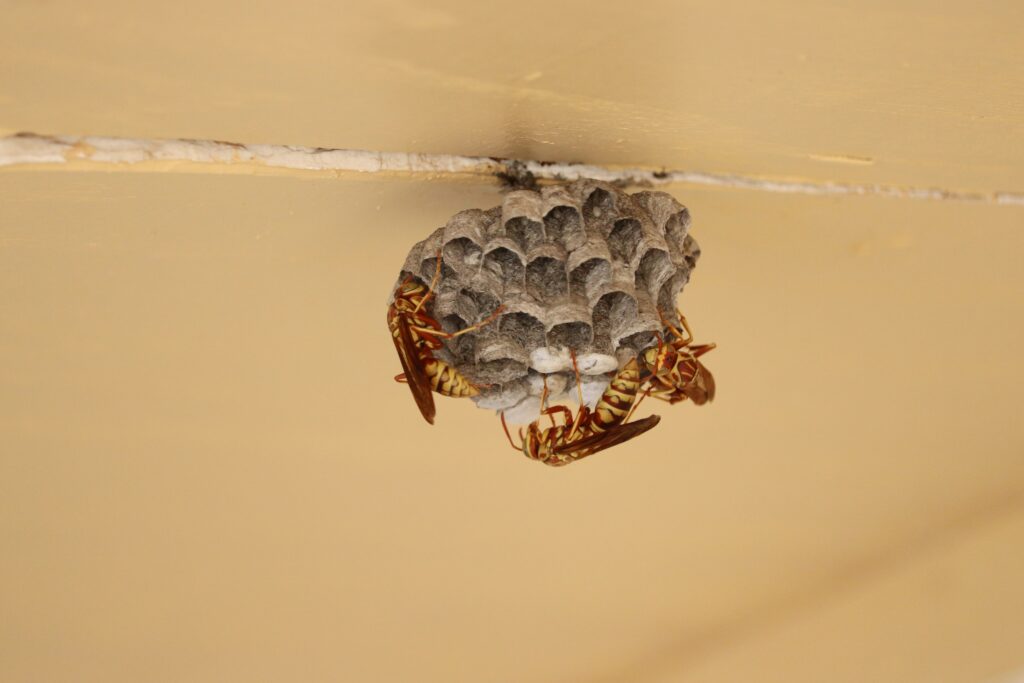
Parasitoid wasps represent nature’s most macabre egg-laying specialists, using other insects and arthropods as living incubators for their young. Species like the jewel wasp (Ampulex compressa) perform complex neurosurgery on cockroaches, delivering precise stings to specific ganglia that turn their victims into compliant zombies before laying a single egg on them. The tiny Trichogramma wasps, some barely visible to the naked eye, specialize in injecting their eggs directly into the eggs of moths and butterflies, with their larvae consuming the host egg from within. Perhaps most disturbing are the Ichneumonid wasps that use their long, needle-like ovipositors to drill through wood to reach wood-boring beetle larvae, depositing eggs that will slowly consume the host from the inside while keeping it alive as long as possible. These parasitoids have evolved such specialized host-targeting mechanisms that many can only reproduce using a single specific host species, representing one of nature’s most intimate and deadly evolutionary relationships.
Botflies: Vectors of Living Larvae
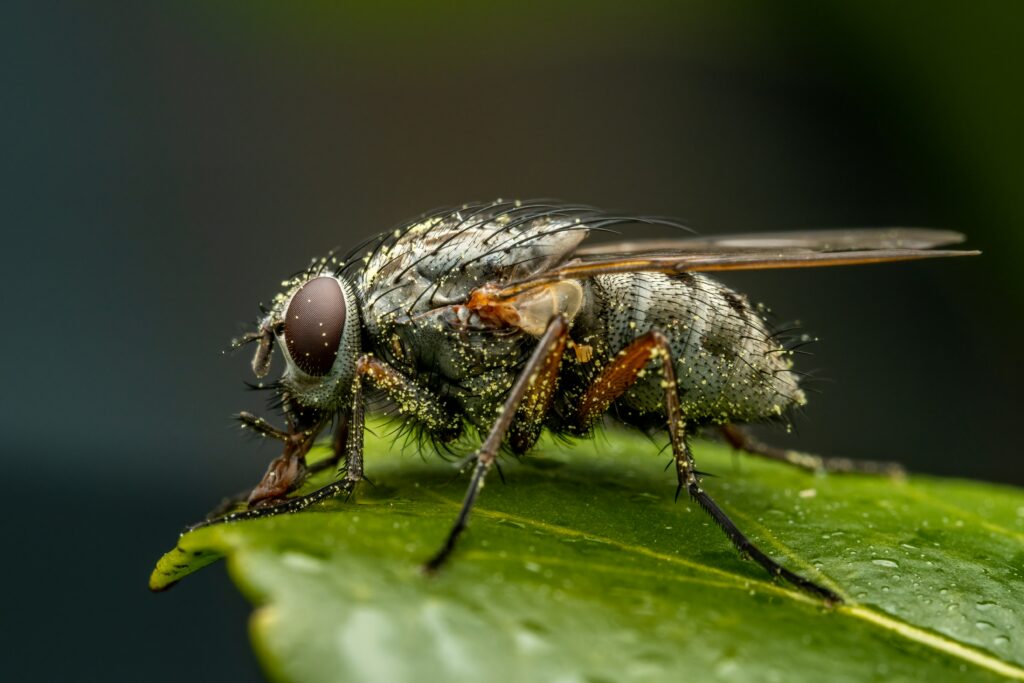
Botflies employ one of the most unsettling reproductive strategies in the insect world, using other insects as unwitting delivery vehicles for their offspring. Rather than laying eggs directly on their mammalian hosts, human botflies (Dermatobia hominis) capture mosquitoes or other blood-feeding insects and glue their eggs onto these carriers’ bodies in a process called phoresy. When the mosquito later lands on a warm-blooded animal to feed, the botfly eggs—sensing the heat—rapidly hatch, allowing the larvae to drop onto the new host and burrow into its skin. Other botfly species like the horse botfly (Gasterophilus intestinalis) lay eggs directly on the host’s hair, where they wait until the animal’s licking or biting creates enough moisture and friction to trigger hatching. The larvae then migrate through tissues to specific locations—the stomach, nasal passages, or under the skin—where they create breathing holes to the outside while feeding on the host’s tissues for weeks or months before emerging.
Aquatic Midges: Creating Gelatinous Egg Masses
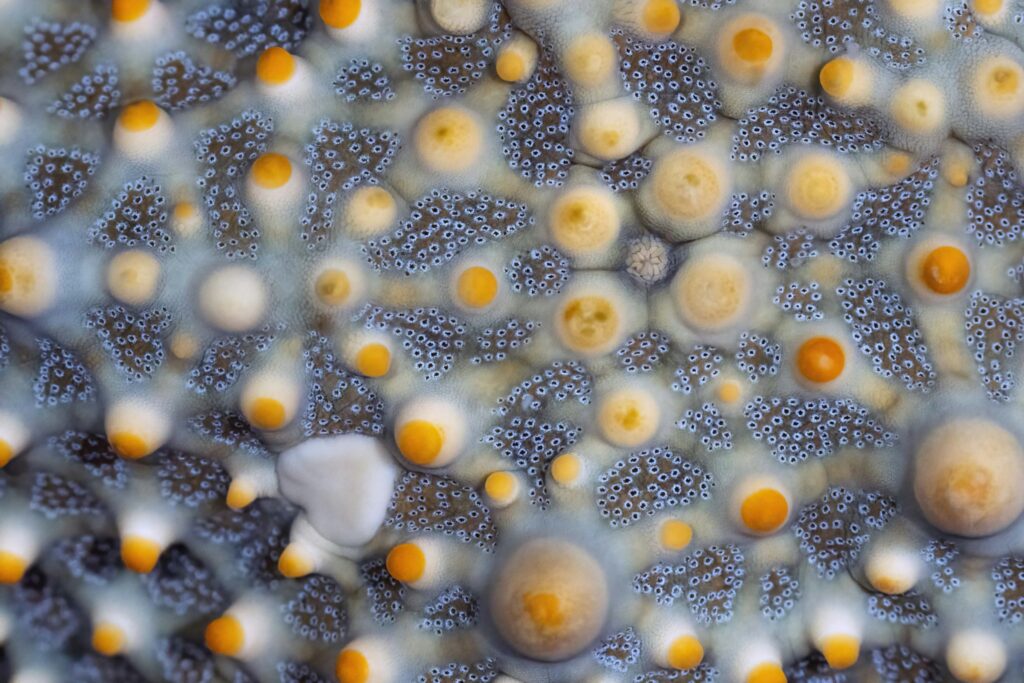
Chironomid midges, often called “non-biting midges” or “lake flies,” produce some of the most visually distinctive egg masses in the insect world. Female midges deposit spiral-shaped or rope-like gelatinous egg masses that can contain 500-3,000 eggs arranged in elegant geometric patterns. These translucent masses are attached to aquatic vegetation, rocks, or other submerged objects, with the gelatinous matrix serving multiple purposes: it prevents desiccation, deters predators, and maintains ideal oxygen levels for the developing embryos. Some midge species create floating egg rafts similar to mosquitoes, while others place their eggs in shoreline mud that will later be inundated when water levels rise. The incredible abundance of these egg masses in productive lakes and ponds forms a critical foundation of freshwater food webs, feeding everything from fish to aquatic invertebrates, highlighting how these seemingly humble insects contribute substantially to ecosystem function.
Tachinid Flies: Stealth Egg Placement Experts
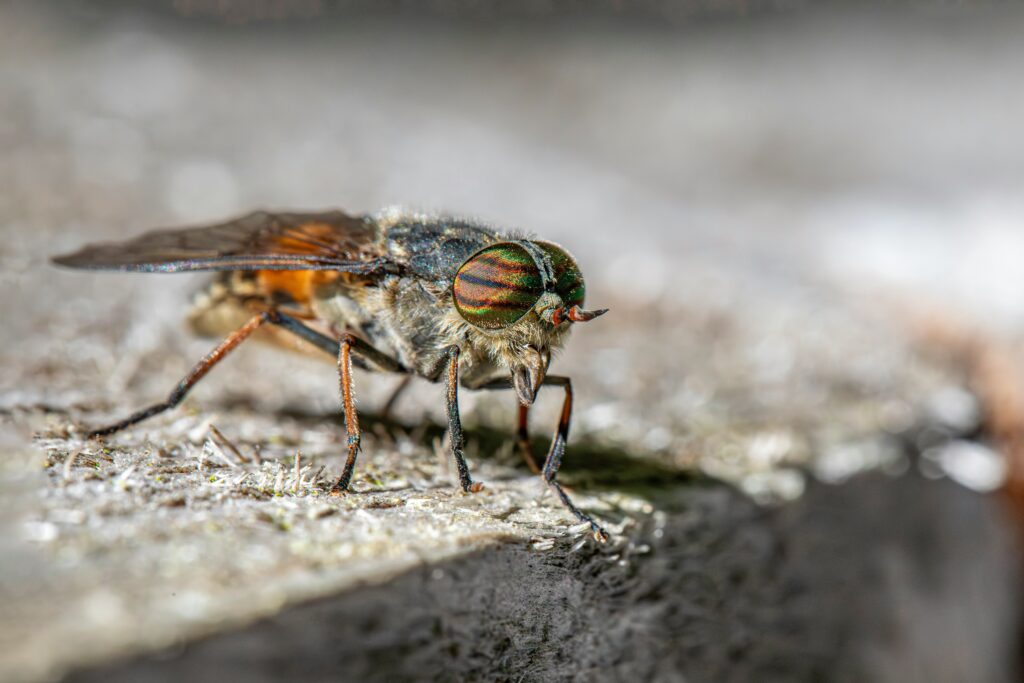
Tachinid flies have evolved diverse and ingenious methods for placing their eggs on or in unsuspecting insect hosts. Some species directly attach tiny, nearly invisible eggs to the bodies of caterpillars and other potential hosts, which hatch and burrow inside. Other tachinids have developed a more indirect approach, laying microtype eggs on plant leaves that are consumed by herbivorous insects, allowing the eggs to hatch inside the host’s digestive tract before burrowing into its body cavity. Perhaps most sophisticated are the species that give birth to live larvae (having incubated the eggs internally), which they flick with remarkable accuracy onto passing potential hosts or inject directly into them using a specialized ovipositor. With over 10,000 known species, tachinid flies have evolved to parasitize everything from caterpillars to adult beetles, stink bugs, and even other parasitic wasps, making them crucial biological control agents in both natural ecosystems and agricultural settings.
Water Scorpions: Breathing Tube Egg Specialists
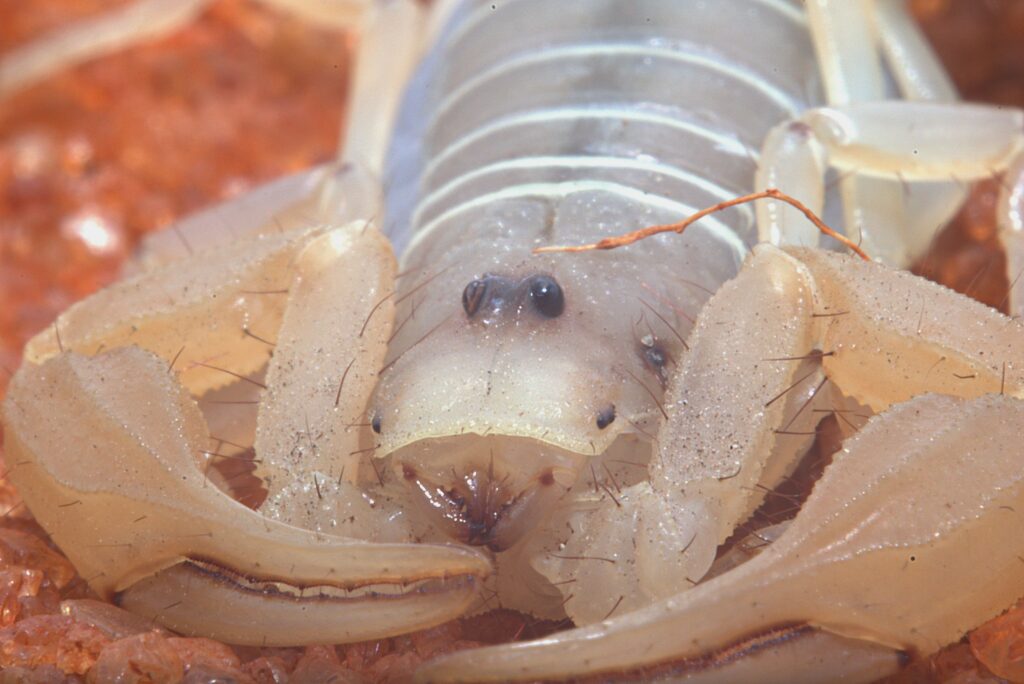
Water scorpions, despite their intimidating name, are actually aquatic true bugs (Hemiptera) that have developed a fascinating egg-laying adaptation. Female water scorpions, particularly those in the genus Nepa and Ranatra, insert their eggs partially into plant tissues along the water’s edge, leaving only the filamentous respiratory horns of each egg exposed. These delicate, thread-like structures extend from the egg body, functioning as breathing tubes that allow the developing embryo to access atmospheric oxygen while the main egg body remains protected within plant tissue. Each egg typically has 2-7 of these respiratory filaments extending outward like a miniature crown, a remarkable adaptation that solves the dual challenges of preventing desiccation while ensuring adequate oxygen supply. This strategy represents a sophisticated compromise between aquatic and terrestrial egg-laying strategies, allowing water scorpions to exploit the advantages of both environments simultaneously.
Stoneflies: Cold-Water Egg Broadcasters
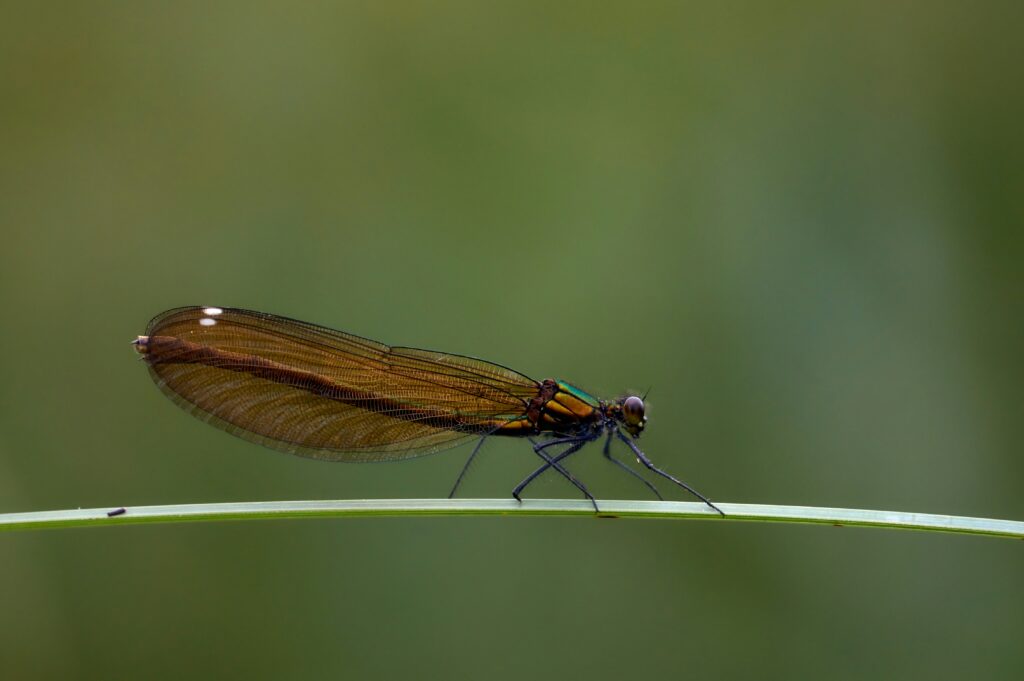
Stoneflies, ancient aquatic insects often associated with pristine, cold-running waters, exhibit a seemingly simple but highly effective egg-laying strategy. Female stoneflies, after mating, fly over appropriate stream or river sections and perform a behavior known as “egg-bombing”—hovering briefly before releasing batches of hundreds to thousands of eggs that fall into the water below. These tiny eggs, often no larger than grains of sand, are remarkably dense and quickly sink to the stream bottom, where they lodge between rocks and gravel. Some stonefly species enhance this process by coating their eggs with a sticky substance that adheres to underwater surfaces, preventing them from being washed downstream. The remarkable aspect of stonefly reproduction is the extreme fecundity of females, with some individuals carrying up to 1,000 eggs per batch and capable of releasing multiple batches—a strategy that compensates for the high mortality rates in fast-flowing water environments where many eggs may be crushed, washed away, or consumed by predators.
Conclusion: Nature’s Reproductive Ingenuity
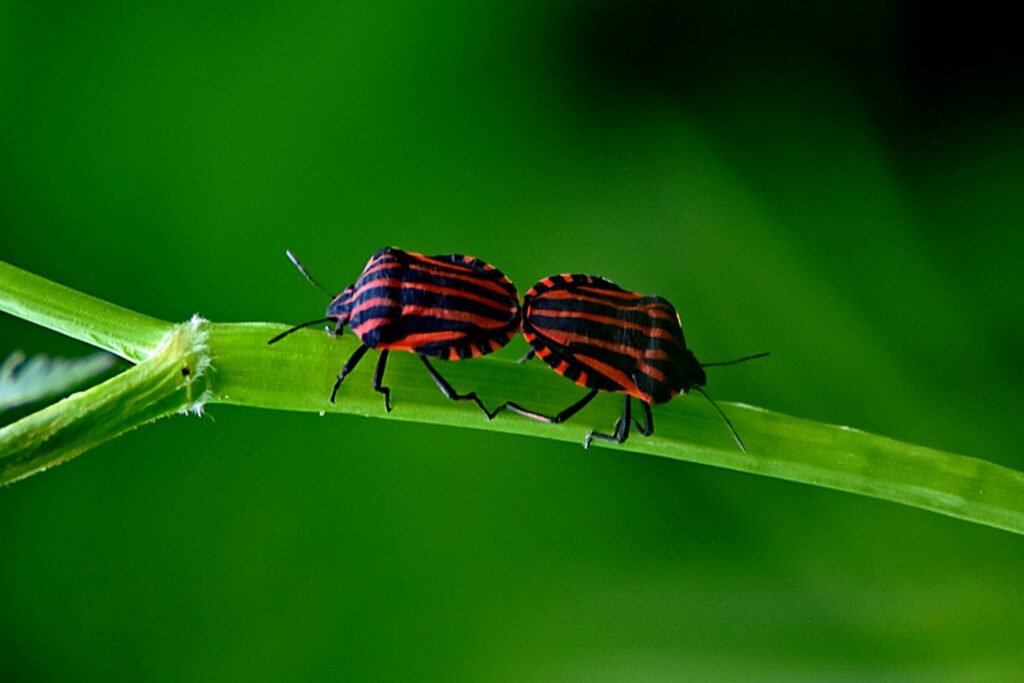
The diverse egg-laying strategies of insects reveal nature’s remarkable problem-solving capabilities through evolutionary adaptation. From mosquitoes creating floating egg rafts to parasitoid wasps using other insects as living incubators, each approach represents a specialized solution to the fundamental challenge of ensuring offspring survival. These reproductive strategies have evolved in response to specific environmental pressures, predator-prey relationships, and ecological niches, highlighting the incredible plasticity of insect evolution. Water, mud, and even other organisms provide not just locations for egg deposition but complete ecosystems that support the next generation through its vulnerable early stages. As we continue to study these fascinating reproductive mechanisms, we gain deeper insights into not only insect biology but also the intricate ecological relationships that sustain our planet’s biodiversity. The humble insect egg, in all its varied forms and placements, stands as a testament to the endless ingenuity of natural selection.

